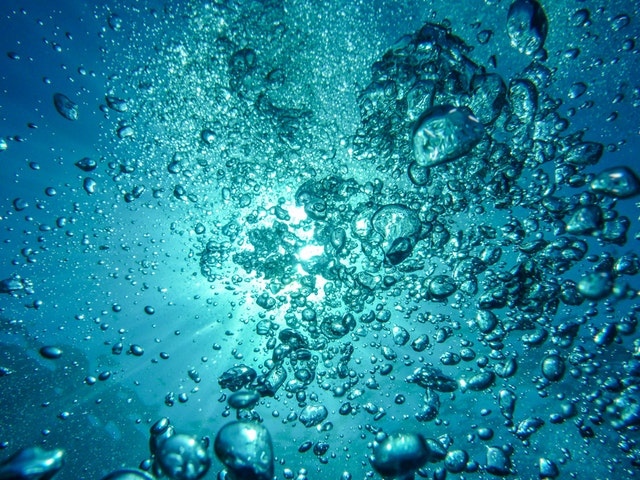
The steps one needs to take in order to protect water from viruses, bacteria, parasites, and other harmful micro-organisms are different from the steps one needs to take in order to protect food from the same harmful micro-organisms. Also, myths on water storage are different from myths on food storage.
These water storage myths, and the facts to counter them, are highlighted below:
Myth 1. Water expires.
Fact: Water doesn’t expire or go bad, but can only become biologically or chemically contaminated. That stale taste is not water expiring; as a matter of fact, that taste can be removed by rotating and purifying water.
If water that started out clean has been stored for some time in a cool, dark, and dry area, not directly on concrete, and away from harmful chemicals and harsh fumes, it technically can be stored indefinitely. However, this stored water should be rotated from time to time for peace of mind.
Myth 2. It’s OK to store your water in just about any plastic container you have in your home.
Fact: It’s important to store water in small metallized bags or small UV-resistant plastic containers.
It’s also worth keeping in mind that blue is the colour of a suitable water storage container. The colour limits light exposure, which, in turn, hinders the growth of algae and bacteria.
Safest water storage containers are poly-based plastics, or plastics numbered #1, #2, and #4. Most quality containers in the market are fashioned from plastic #2. This kind of plastic is great for long-term use. It is also BPA-free.
The number of the plastic used to create the container is at the bottom of the container.
Other tips for water storage in plastic containers:
* Avoid the use of milk jugs for storing water, as they are biodegradable, and thus, will decompose as time passes. Live cultures in milk that remain in the jug will make you sick if consumed with drinking water that’s been stored there for a long time.
* Disposable bottles aren’t great for storage in the long term.
* You can use soda bottles for long-term storage. It is, however, important to keep in mind that plastics absorb flavors, and because of this, water stored might end up tasting a bit like cola. As such, they are not suited for cooking.
Myth 3. Water barrels are more than enough preparation for emergency situations.
Fact: A barrel isn’t enough protection against all situations you encounter. For one, it’s not easy to carry a barrel in case you need to evacuate. Contents of a barrel may run out in no time if there will be many of you sharing it. Keep in mind that man needs one gallon of water each day.
Instead of using one barrel for emergency preparation, you can use containers of various sizes in preparation for different situations. Any number of steel water tanks can also be made part of your emergency preparation, since these are capable of withstanding anything. But that’s not all—because of their high capacities, you can move their contents into other containers and still have a lot left in store.
Myth 4. The best way of saving space is to stack barrels.
Fact: Many barrels out there in the market aren’t designed to be stacked. If you want to save space as you save water, go for water tanks.
Myth 5. A filter won’t be necessary if you have a purifier.
Fact: Purifiers such as Chlorine Dioxide kill almost every single micro-organism that can thrive in water, like bacteria and parasites. Chlorine Dioxide is great for sheltering-in-place and for treating barrel water or water collected from a natural source whilst hiking.
Purifiers alone, however, cannot remove turbidity from water, and for this reason, it’s recommended that both filter and purifier be used together to ensure the cleanliness of water.



Leave A Comment